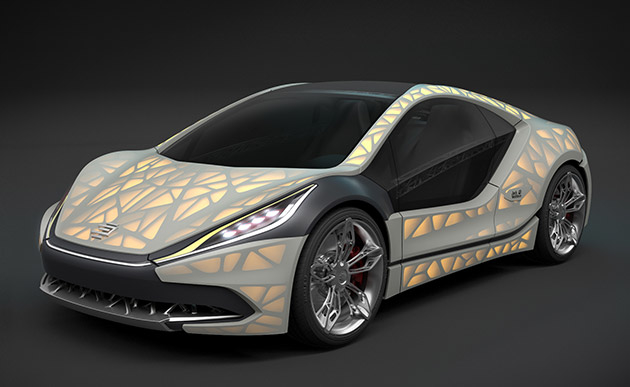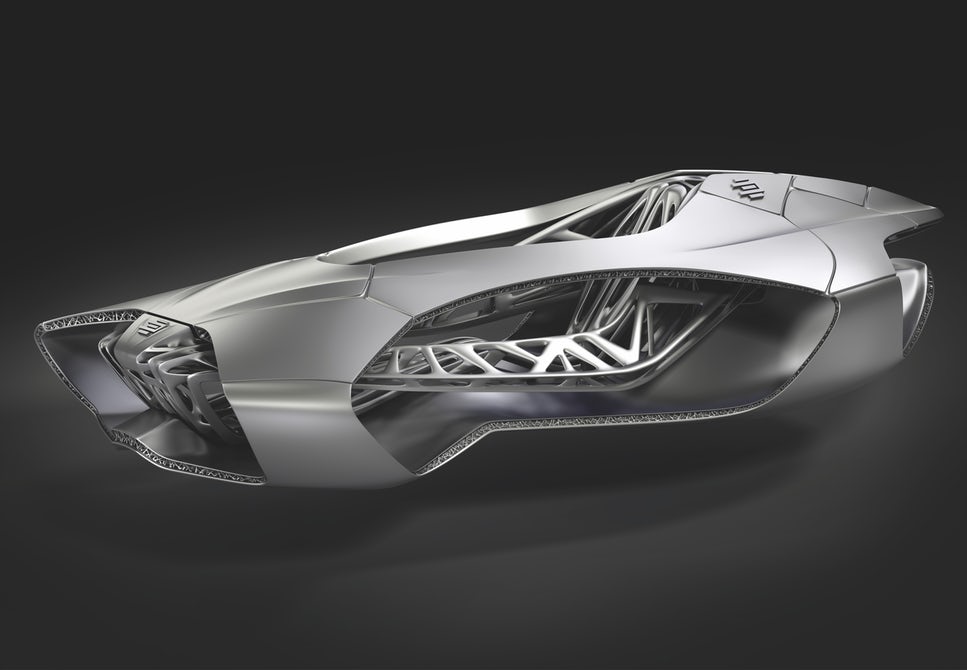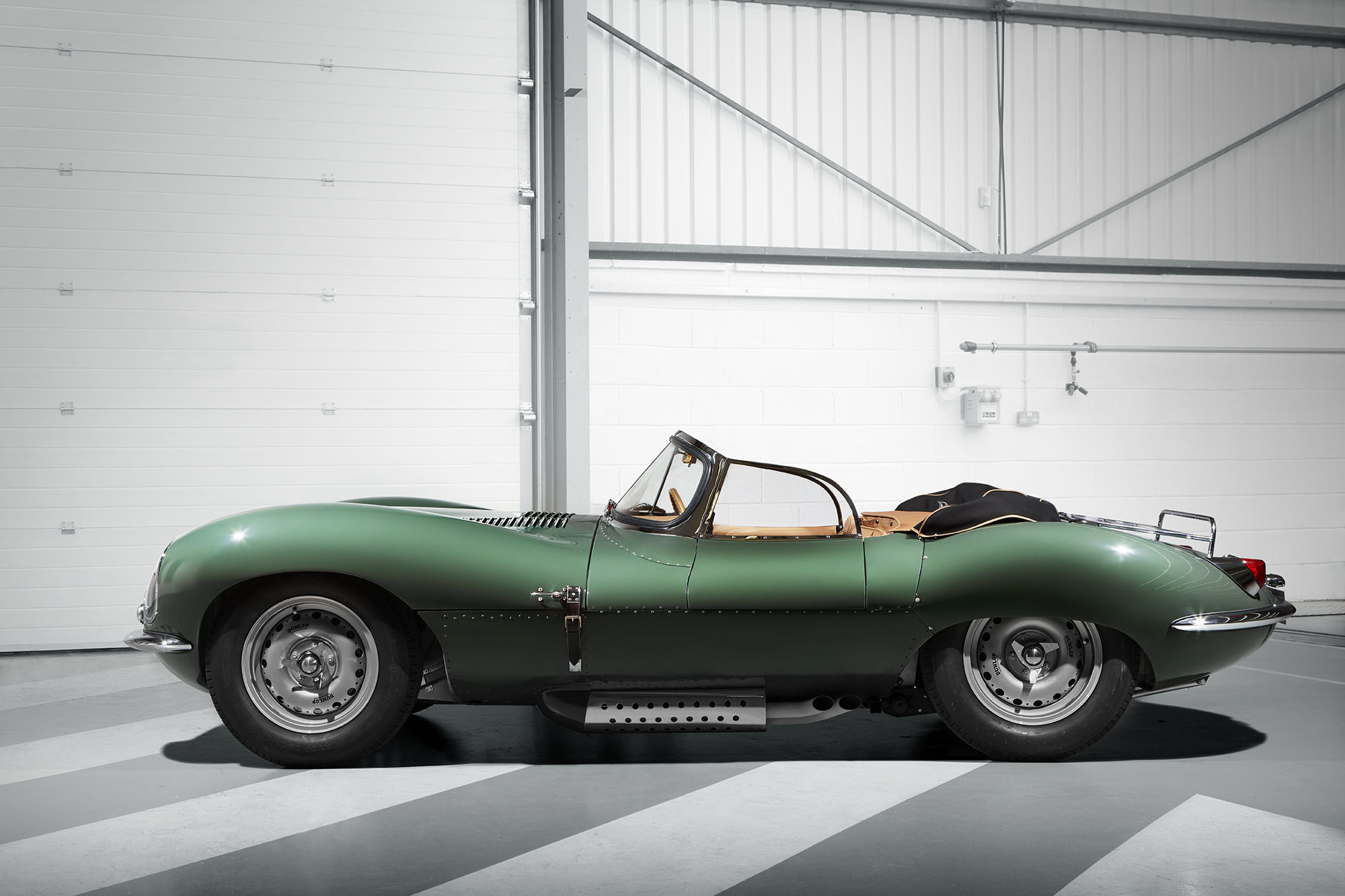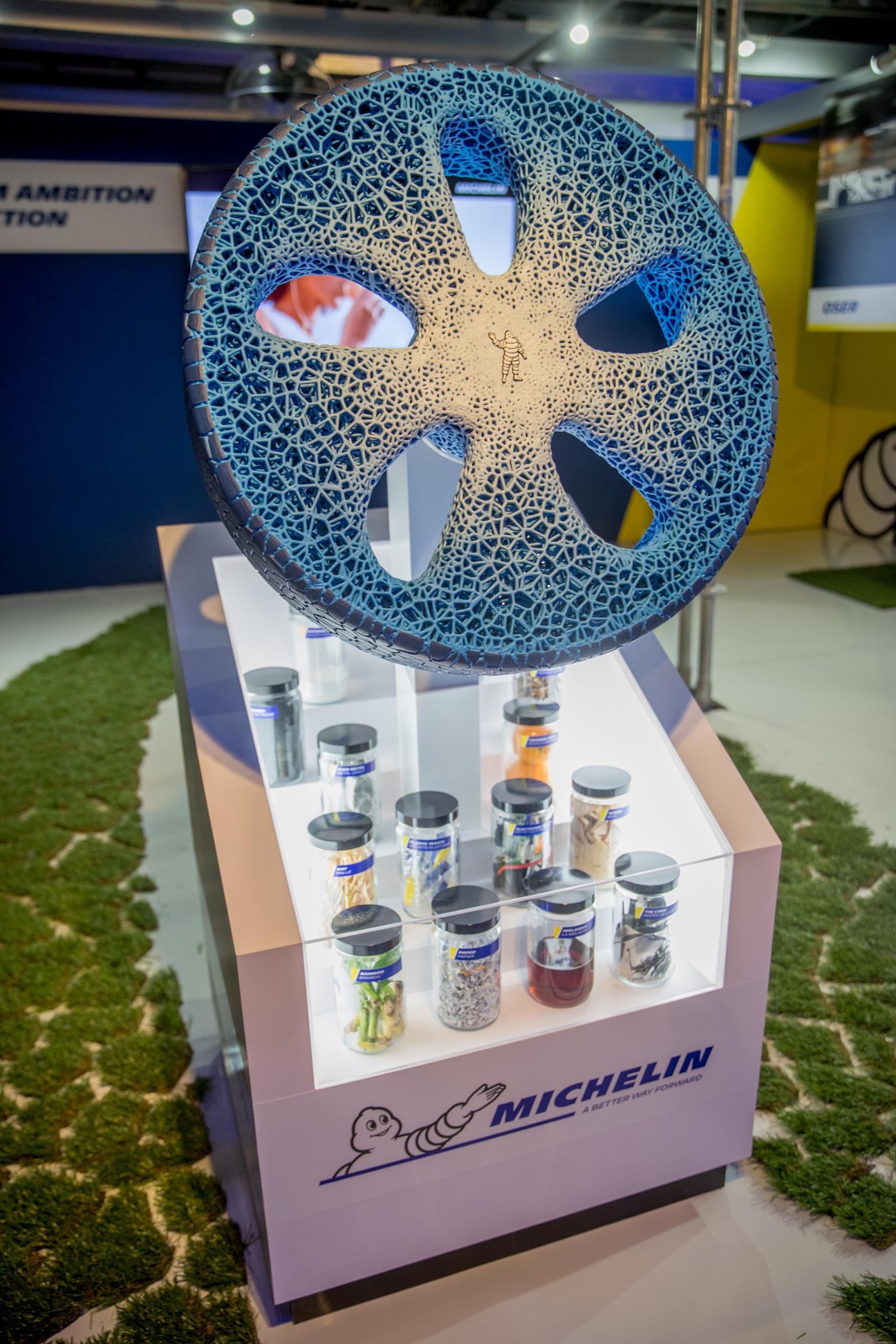The future of the automotive industry 3D Printed Car
When it comes to the automotive industry, additive manufacturing is a major game changer. The 3D printing technology used to be only a prototyping tool – and obviously, it still is. But now it’s also starting to be used in car manufacturing. This is the result of a global tendency in the word of additive manufacturing: this technology is now recognized as one of the main manufacturing technologies, and not just as a way to build a good proof of concept or prototype. Both customers and manufacturers start to dream of a fully 3D printed car. This is made possible by the ongoing improvement of 3D printing materials and technologies. This leads to a real boom of interest towards the innovations around the automotive industry. Why is 3D printing so interesting for car manufacturers? What can be achieved today? What are the potential next steps for 3D printed cars? Get ready for the ride!
Why is 3D printing a great technology for the automotive industry?
This technology can be extremely useful for car manufacturers. Here are the main reasons why.
Iterating faster when prototyping
First of all, 3D printing is a rapid prototyping technology which is used in many fields. Building prototypes in a short lead-time is key for any company wishing to accelerate its product development process. Using 3D printers can be a great way to achieve this, since it builds parts fast, at a reasonable cost compared to other prototyping techniques.
Reducing the car’s weight
Car manufacturers are always looking for new ways to reduce their product’s weight. Indeed, a lighter car consumes less fuel, which makes it more environmentally-friendly. To do so, you can optimize the design of your parts. For instance, Volkswagen optimally redesigned a reinforced A-pillar window support. It weighs 74% less than the original part. You can either create lighter structures thanks to innovative design patterns such as lattices, either reduce the number of parts of the car thanks to a more suited design of the components.
Reducing material loss
With 3D printing, you build your part layer by layer. As a result, you only use the amount of material needed to build your car’s component. With subtractive manufacturing, you would have lost material, which is less sustainable and has a financial cost. This is even more economical if you work with metal materials. With them, avoiding extra costs for wasted material can truly be a game changer for production processes.
Creating customized 3D printed cars
Many car lovers actually enjoy customizing their cars to get a unique vehicle. It can be some external design features, but also some options for the internal components of the car. Since it’s a special order, this has a cost for car manufacturers. With 3D printing, creating only one version of a model is not a big deal.
Replacing spare parts easily
If some parts of a car get broken, replacing them can be a true challenge, especially if it’s an old one: the parts might not exist anymore. What to do then? By combining 3D scanning and additive manufacturing, it’s possible to reproduce rare spare parts for cars, and even to optimize them before 3D printing them.
3D printed car projects: What can be achieved today?
3D printed car projects are flourishing! For now, most of them are only using additive manufacturing for some parts of the car, not the entire one. Here are some of the projects we find the more promising.
Strati, the 3D printed car manufactured in only 44 hours
The Strati was created by Local Motors, an open-source think tank focussing on engineering and design. It is a 3D printed car which got produced in a very short lead time: it only took 44 hours to print it! The whole car was not made using additive manufacturing, which explains such a fast production. Indeed, the wheels and the battery were made using other manufacturing technologies. But the whole body was made using FDM 3D printers, as explained by Local Motors.
Light Cocoon, the extremely lightweight 3D printed car
Additive manufacturing opens new design possibilities for car manufacturers. That’s exactly what the German engineering design studio EDAG understood when they created the 3D printed car called Light Cocoon. They combined 3D printing with generative design, inspired by nature. They successfully worked on the topological optimization of their 3D printed structures, which are then covered with a stretchy fabric which is extremely lightweight: only 19 grams per square meter. The optimized structure was made using the SLM 3D printing technology.
Credits: EDAG
Genesis, the 3D printed car inspired by turtle shells
EDAG also created a 3D printed car called Genesis. But that one’s not exactly a vehicle, it’s more of an innovative physical concept. It increases the safety of passengers thanks to a revolutionary structure, inspired by turtle shells, produced using the Selective Laser Sintering (SLS) technology. Why such an inspiration? The turtles benefit from millions of years of evolution for their protective shell, which makes it quite optimized by nature. But reproducing such types of structures is not always an easy task. Additive manufacturing makes it possible to produce such complex geometries. What about the results? The optimized structures performed really well in crash tests.
Credits: EDAG
Urbee, the environmentally friendly 3D printed car
Creating more sustainable vehicles is also a key concern when it comes to the automotive industry. Urbee is designing a 3D printed electric car which aims to achieve an impressive milestone. Indeed, the team wants the car to take two people and a dog from New York to San Francisco, using only 10 gallons of biofuel. How is it possible? The shell of the car is entirely 3D printed (using the Polyjet technology), optimized to be extremely lightweight.
Jaguar and its 3D printed car parts for old vehicles
Even traditional car manufacturers embrace the 3D printing revolution! For instance, Jaguar seizes the opportunities additive manufacturing can bring to its customers. The company used 3D scanning to recreate the classic XKSS model from 1957. The full recreation took 18 months. The only difference with the original car was due to modern safety requirements. This kind of applications of 3D printing can be also applied to any kind of spare parts reproduction, especially for old vehicles which might not be available on the market anymore.
Credits: Jaguar
Vision, the 3D printed wheel by Michelin
The French tire manufacturer Michelin decided to literally reinvent the wheel with its project “Vision”. Their main goal is to lower the environmental impact of cars, as well as improving the recycling of their products. To do so, they created a wheel inspired by nature, with a honeycomb structure, and using only organic materials. It gives strength to the wheel, as well as a very good resistance, making it impossible to get a flat tire. The whole structure can be recycled. It is then covered by a thin 3D printed rubber layer, the tread, which can be recycled when it’s used. It can be 3D printed and replaced in only a few minutes. Unfortunately, this project is not ready to be put on the market yet, and it should only be commercialized in 10 years from now.
Credits: Michelin
Blade, the 3D printed car ready for production
Divergent 3D, led by its CEO Kevin Czinger, unveiled a very interesting 3D printed car at the CES 2017. It’s the world’s first 3D printed car which is fully functional. One of the main innovations of Divergent’s 3D printed car is that it uses the “node” technique which involves 3D printing aluminum nodes and combining them with 3D printed carbon fibers, which results in a much lighter car but which is highly-resistant. The purpose of the project was to improve the sustainability of car manufacturing. The use of 3D printing in the factory helps them reduce emissions, produce a much lighter car, and waste less material. Their overall goal is to reduce the weight of a standard car by over 50% and the number of parts by over 75%, as explained by CEO Kevin Czinger. The car is currently at its prototype stage, so you’d better keep an eye on the next iterations!
Building 3D printed car parts successfully: Our special tips
For a successful 3D printed car parts project, here are a few tips we collected from our various customers working in the automotive field.
First of all, you have to really think about the function of your 3D printed car part. This will help you choose the right material for your project, according to the technical specifications of your objects and to the mechanical properties of the material. If you’re using our online 3D printing service, you can find all of this information on our dedicated materials pages.
Moreover, if you’re reproducing an existing car part, we strongly advise you to work again on it to optimize its design according to what additive manufacturing can allow you to create. You can rethink your 3D model in order to use less material, to lower the price of your part, to make it lighter with complex structures, or simply to make it look better.
Feel free to use different 3D printing materials for your projects. For instance, some parts might require metal 3D printing, while others could perfectly be manufactured thanks to plastic 3D printing even if they were originally metal parts.
Do you need a hand to optimize your car parts for your additive manufacturing projects? Feel free to contact our experts from Sculpteo Studio, our 3D printing consulting service and design studio!
Fully 3D printed car: When will it be possible?
As you’ve noticed, the era of mass-produced fully 3D printed cars is not a reality yet. The most advanced projects are either only 3D printed car parts or prototypes. But research in this field is going quite fast since there’s a lot of interest in the value additive manufacturing can bring to the automotive industry.
A major difficulty is the cost of 3D printing. Indeed, additive manufacturing is not always the cheapest production technique for very large series of large parts. That issue is especially problematic for metal 3D printed parts, broadly used in the automotive field. But the ongoing decrease of 3D printing costs for all technologies is changing the current dynamics.
As a result, we might have to wait for a few decades for this technology to become a regular way to produce complete cars and to see the world’s first 3D printed car to be sold. But to manufacture spare parts, 3D printing is already an impressive ally, creating bright possibilities, either in terms of design optimization, of lightweight, of sustainability, and of creativity.
Ready to start embracing the power of additive manufacturing for your 3D printed car parts projects, either to build a functional prototype, a proof of concept, or a finished product?










0 Comments
Please do not Spam the beautiful Comment Box!